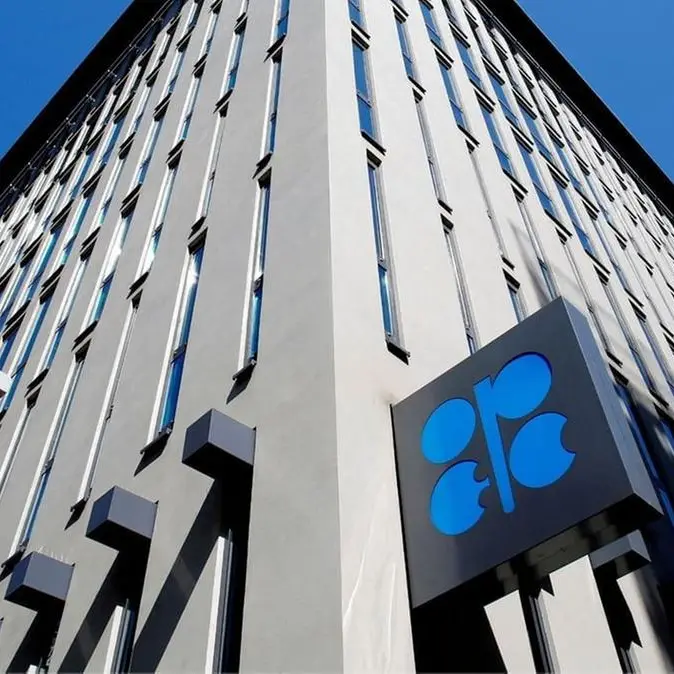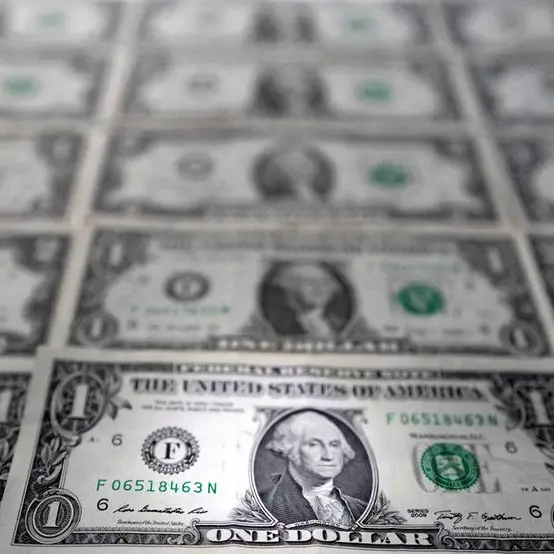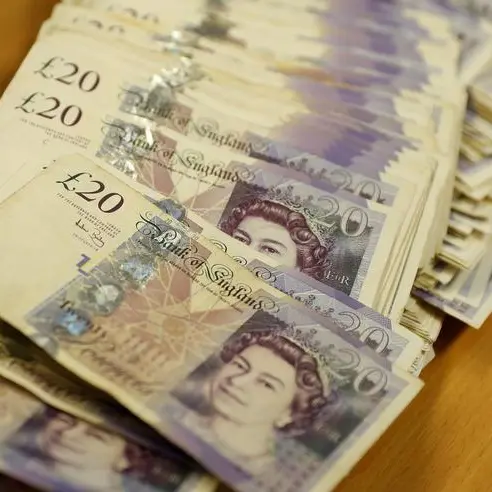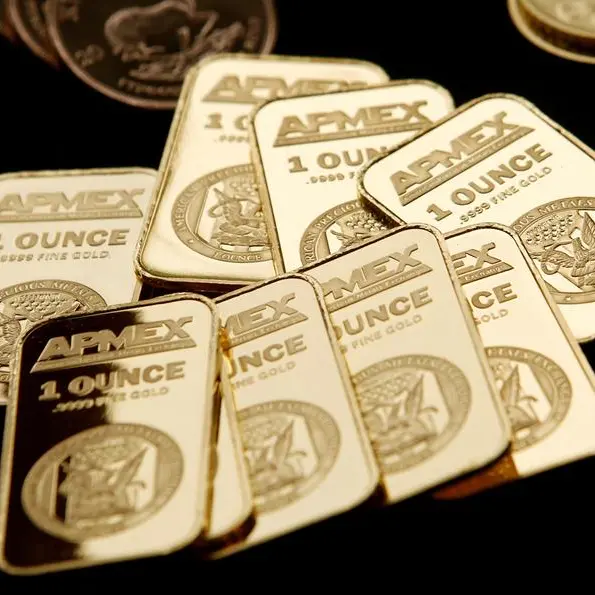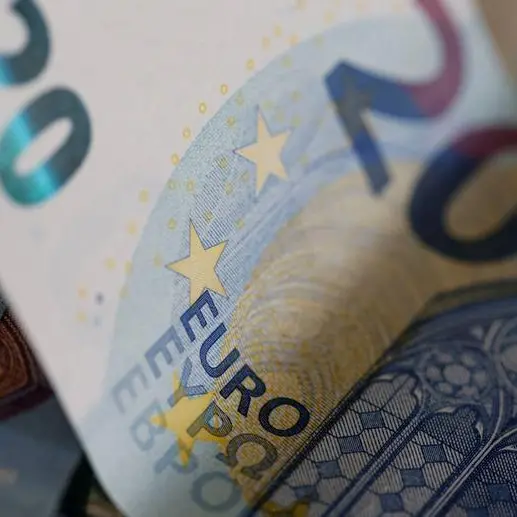(Updates after UK data, record level for put options)
By Anirban Nag
LONDON, May 26 (Reuters) - The cost of hedging against swings in sterling rose to seven-year highs on Thursday while currency options indicated record demand from investors betting on the pound's weakness with less than a month to go to a British vote on the European Union.
While betting markets suggest Britons will opt to remain in the EU, most polls are neck to neck, though of late they show that those wanting to stay are edging ahead. Hedge funds and asset managers are taking no chances, seeking to protect their exposure to UK markets through the currency derivatives route.
Some of the latest opinion polls hint at a robust lead for thoe "Remain" campaign although traders are wary of a sharp sell-off if there are any indications that the "Leave" camp is gaining ground before the vote. As such, many remain cautious and expect more volatility in coming weeks.
Many analysts reckon a vote to leave the EU on June 23 would jolt Britain's economy and send sterling tumbling, while a vote to stay would drive it sharply higher.
Sterling slipped below $1.47, having hit a three-week high of $1.4738 earlier on Thursday. It retreated from a 3 1/2 month high against the euro after data showed business investment in Britain dropping in annual terms for the first time in three years amid uncertainty around the Brexit vote.
In the derivatives market, the one-month sterling/dollar options, covering the period that includes the referendum and the result a day later, rose to 16.60 percent, its highest level since March 2009, and up from around 11 percent a day earlier.
The one-month euro/sterling implied volatility contract rolled over to around 14.55 percent, its highest since March 2009, according to Reuters data.
The one-month risk-reversals - a gauge of demand for options on a currency rising or falling - showed a record bias for sterling weakness against the dollar. The risk reversals were trading at 5.5 vols compared with around 1.2 vol in favour of sterling weakness a just day earlier.
"The one-month risk reversals are still showing a structural demand for puts (options that bet on sterling weakness) in this environment where the Brexit vote is just a few weeks away," said Ned Rumpeltin, European head of FX strategy at TD Securities. "We could be just one or two headlines away from a less optimistic view about the referendum risks."
SOFT DATA
Two-month risk reversals were also showing a significant bias for sterling weakness against the dollar, highlighting the chances that the pound would struggle in the aftermath of the vote.
The Office for National Statistics confirmed the economy grew 0.4 percent in the January-March period, as expected in a Reuters poll. Business investment fell by 0.4 percent year-on-year in the first quarter after rising 3.0 percent in the fourth quarter of last year.
"It isn't much of a surprise that GDP growth continues to be fairly stagnant with all the uncertainty surrounding the referendum," said Dennis de Jong, managing director of UFX.com.
Worries about a Brexit drove the pound down 11 percent on a trade-weighted basis between mid-November and early April, when it hit a 2-1/2-year low. But it has since recovered around half of that as investors have priced out chances of an interest rate cut that some were factoring in if Britain opted to leave.
(Reporting by Anirban Nag; Editing by Mark Heinrich) ((anirban.nag@thomsonreuters.com; +44 20 7542 8399 ; Reuters Messaging: anirban.nag.thomsonreuters.com@reuters.net))
By Anirban Nag
LONDON, May 26 (Reuters) - The cost of hedging against swings in sterling rose to seven-year highs on Thursday while currency options indicated record demand from investors betting on the pound's weakness with less than a month to go to a British vote on the European Union.
While betting markets suggest Britons will opt to remain in the EU, most polls are neck to neck, though of late they show that those wanting to stay are edging ahead. Hedge funds and asset managers are taking no chances, seeking to protect their exposure to UK markets through the currency derivatives route.
Some of the latest opinion polls hint at a robust lead for thoe "Remain" campaign although traders are wary of a sharp sell-off if there are any indications that the "Leave" camp is gaining ground before the vote. As such, many remain cautious and expect more volatility in coming weeks.
Many analysts reckon a vote to leave the EU on June 23 would jolt Britain's economy and send sterling tumbling, while a vote to stay would drive it sharply higher.
Sterling slipped below $1.47, having hit a three-week high of $1.4738 earlier on Thursday. It retreated from a 3 1/2 month high against the euro after data showed business investment in Britain dropping in annual terms for the first time in three years amid uncertainty around the Brexit vote.
In the derivatives market, the one-month sterling/dollar options, covering the period that includes the referendum and the result a day later, rose to 16.60 percent, its highest level since March 2009, and up from around 11 percent a day earlier.
The one-month euro/sterling implied volatility contract rolled over to around 14.55 percent, its highest since March 2009, according to Reuters data.
The one-month risk-reversals - a gauge of demand for options on a currency rising or falling - showed a record bias for sterling weakness against the dollar. The risk reversals were trading at 5.5 vols compared with around 1.2 vol in favour of sterling weakness a just day earlier.
"The one-month risk reversals are still showing a structural demand for puts (options that bet on sterling weakness) in this environment where the Brexit vote is just a few weeks away," said Ned Rumpeltin, European head of FX strategy at TD Securities. "We could be just one or two headlines away from a less optimistic view about the referendum risks."
SOFT DATA
Two-month risk reversals were also showing a significant bias for sterling weakness against the dollar, highlighting the chances that the pound would struggle in the aftermath of the vote.
The Office for National Statistics confirmed the economy grew 0.4 percent in the January-March period, as expected in a Reuters poll. Business investment fell by 0.4 percent year-on-year in the first quarter after rising 3.0 percent in the fourth quarter of last year.
"It isn't much of a surprise that GDP growth continues to be fairly stagnant with all the uncertainty surrounding the referendum," said Dennis de Jong, managing director of UFX.com.
Worries about a Brexit drove the pound down 11 percent on a trade-weighted basis between mid-November and early April, when it hit a 2-1/2-year low. But it has since recovered around half of that as investors have priced out chances of an interest rate cut that some were factoring in if Britain opted to leave.
(Reporting by Anirban Nag; Editing by Mark Heinrich) ((anirban.nag@thomsonreuters.com; +44 20 7542 8399 ; Reuters Messaging: anirban.nag.thomsonreuters.com@reuters.net))

